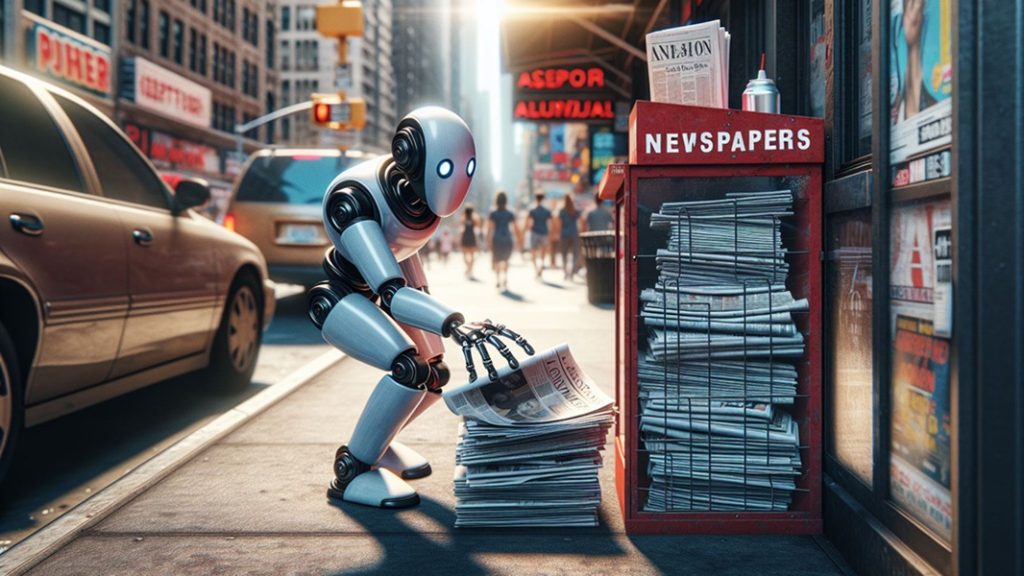Like OpenAI, Microsoft believes it should be free to grow its nascent AI empire by stealing content created by others. And it has filed a motion to dismiss at least part of the recent New York Times lawsuit that charges it, and OpenAI, with copyright infringement. Sadly, its arguments in no way reach the logical and common sense defense it made during its Activision Blizzard travails. Indeed, they are no better than the nonsense that OpenAI offered up two months ago.
Microsoft’s filing starts on a purposefully dramatic note.
“‘The VCR is to the American film producer and the American public as the Boston strangler is to the woman home alone,’ warned Jack Valenti, then head of the Motion Picture Association of America, in his 1982 testimony to the House of Representatives,” the Microsoft motion reads. “The analogy was part of an all-out effort by television and movie producers to stop a groundbreaking new technology. As Mr. Valenti spoke, the entertainment industry’s claims of copyright infringement were headed to the Supreme Court after years of litigation. The Court ultimately rejected the alarmism and voted for technological innovation and consumer choice, with its seminal decision in Sony Corp. of America v. Universal City Studios, IncSony Corp. of America v. Universal City Studios, Inc. freeing consumers from broadcast schedules and ushering in an on-demand world. And that decision did not destroy Hollywood— quite the opposite, the entertainment industry flourished when the VCR opened new markets and revenue streams. But at the time, empty warnings nearly won the day.”
This is a horrible misrepresentation of history and thus a baseless comparison to a legal precedent that in no way mirrors Microsoft’s legal battle with The New York Times. And it is rather astonishing that the software giant would present this in the opening paragraph of its motion to dismiss at least parts of The New York Times lawsuit. Because the courts will know that to be true.
For those unfamiliar, Sony Corp. of America v. Universal City Studios, Inc., was a legal battle that went all the way to the U.S. Supreme Court in 1984. Universal Studios was at the time a standalone movie studio and it sued Sony because its Betamax home video recording devices could be used to allow consumers to steal copyrighted works. Sony won the case on fair use grounds, though it then lost on appeal, with that court ruling that the primary purpose of a Betamax machine was to steal copyrighted content. Sony then appealed to the U.S. Supreme Court, which issued the ruling that Microsoft references above.
Well. Partially references.
Microsoft leaves out the central point of that case, which is that Sony won specifically because the Betamax machine was not designed to infringe on copyright, though it could be used for that purpose. Instead, it was designed to let customers time-shift by recording TV shows and movies on their televisions so they could watch them at a l…
